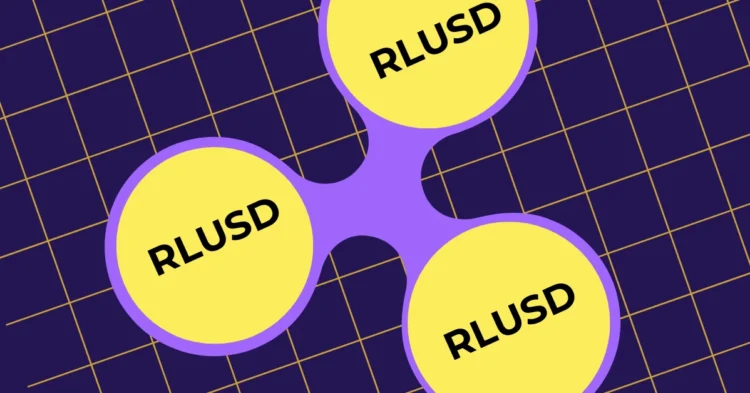Ripple has been gearing up for the launch of its stablecoin, RLUSD, originally planned for December 4. However, unforeseen circumstances have paused these plans. The company took to its X account to explain that they are awaiting approval from the New York Department of Financial Services (NYDFS). While this delay might seem disappointing for Ripple enthusiasts, it could actually turn out to be advantageous.
What Sets RLUSD Apart?
So, what makes RLUSD stand out in the crowded stablecoin market? This is not just another digital currency attempting to capture attention. Designed with a 1:1 peg to the US dollar, RLUSD is backed by solid reserves, including actual dollars, short-term US Treasury securities, and cash equivalents. But here’s the game-changer: Ripple’s stablecoin is engineered to operate seamlessly across two significant platforms, the XRP Ledger (XRPL) and Ethereum. This dual-platform functionality could position Ripple for a more influential role in decentralized finance (DeFi), where stablecoins are indispensable.
Ripple is setting its sights high, aiming for RLUSD to compete with the market’s heavyweights like Tether’s USDT and Circle’s USDC. Earlier this year, Ripple conducted tests with RLUSD on Ethereum and its XRP Ledger, yielding promising results. Now, the official launch awaits, contingent on navigating the stringent regulatory environment of New York.
The Significance of the Delay
While some might perceive the delay as a setback, Ripple’s commitment to regulatory compliance is evident. Securing NYDFS approval is crucial for RLUSD to gain trust, not only within the crypto community but also among institutions and regulators. This meticulous approach, though time-consuming, could distinguish Ripple in a market where regulatory adherence is often neglected. Trust plays a pivotal role, particularly concerning stablecoins, and Ripple is keenly aware of this.
Ripple’s Broader Vision
Ripple’s ambitions extend beyond merely launching a stablecoin. The company seeks to reshape its public image, evolving beyond its association with the XRP token. The introduction of RLUSD is a strategic move to position Ripple as a frontrunner in regulated digital finance. Ripple’s CEO, Brad Garlinghouse, has been an outspoken advocate for sensible crypto regulation. His support for Paul Atkins as SEC chair underscores Ripple’s broader mission to influence the evolution of crypto industry policies.
Looking Ahead
Despite the delay, Ripple is clearly playing a strategic long game. Should they secure approval from the NYDFS, RLUSD could emerge as a formidable contender in the stablecoin arena. This is not merely about challenging USDT or USDC; it’s about demonstrating Ripple’s capability to thrive within a regulated framework. While their approach may seem gradual, Ripple’s focus on trust, innovation, and market disruption suggests that the wait could indeed be worthwhile.











